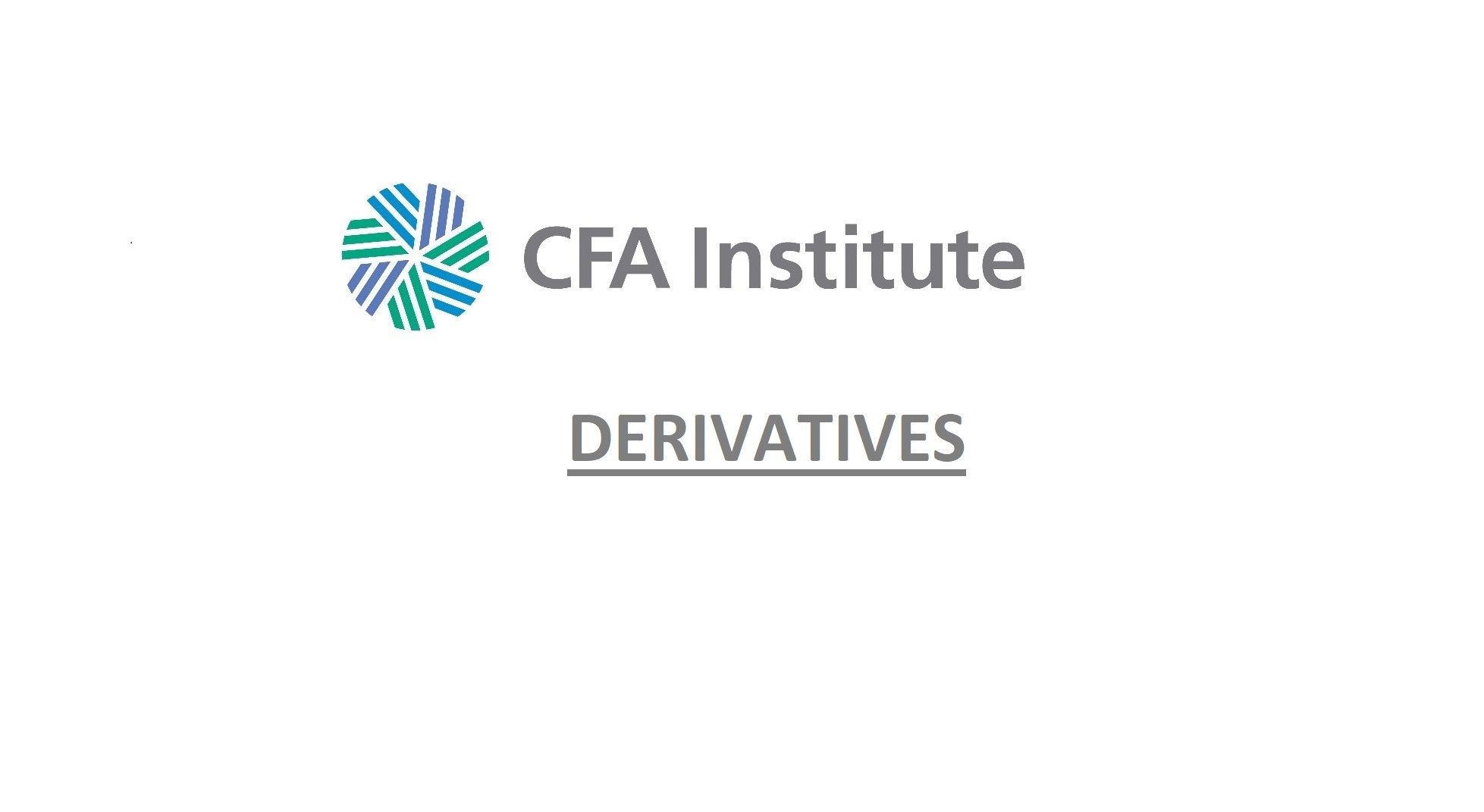A cross hedge (sometimes called a proxy hedge) refers to hedging with an instrument that is not perfectly correlated with the exposure being hedged. Hedging the risk of a diversified U.S. equity portfolio with S&P futures contracts is a cross hedge when the portfolio is not identical to the S&P index portfolio. Cross hedges are generally not necessary in currency hedging because forward contracts for virtually all currency pairs are available but cross hedges may improve the efficiency of hedging.
Cross hedges also introduce additional risk to hedging. When the correlation of returns between the hedging instrument and the position being hedged is imperfect, the residual risk increases. The AUD and the NZD have a high positive correlation with each other so hedging an underweighting in the AUD with an overweighting in the NZD has little, but not zero, cross hedge risk.
The historical correlation is not a guarantee of the future.
A macro hedge is a type of cross hedge that addresses portfolio-wide risk factors rather than the risk of individual portfolio assets. A bond portfolio might have interest rate risk, credit risk, and volatility risk exposures that the manager could hedge with bond futures (to hedge interest rate risk by modifying duration), credit derivatives (to hedge credit risk), and with volatility trading (to alter volatility risk).
One type of currency macro hedge uses a derivatives contract based on a fixed basket of currencies to modify currency exposure at a macro (portfolio) level. The currency basket in the contract may not precisely match the currency exposures of the portfolio, but it can be less costly than hedging each currency exposure individually. The manager must make a choice between accepting higher residual currency risk versus lower cost.
The minimum-variance hedge ratio (MVHR) is a mathematical approach to determining the hedge ratio. When applied to currency hedging, it is a regression of the past changes in value of the portfolio (RDC) to the past changes in value of the hedging instrument to minimize the value of the tracking error between these two variables. The hedge ratio is the beta (slope coefficient) of that regression. Because this hedge ratio is based on historical returns, if the correlation between the returns on the portfolio and the returns on the hedging instrument change, the hedge will not perform as well as expected.
